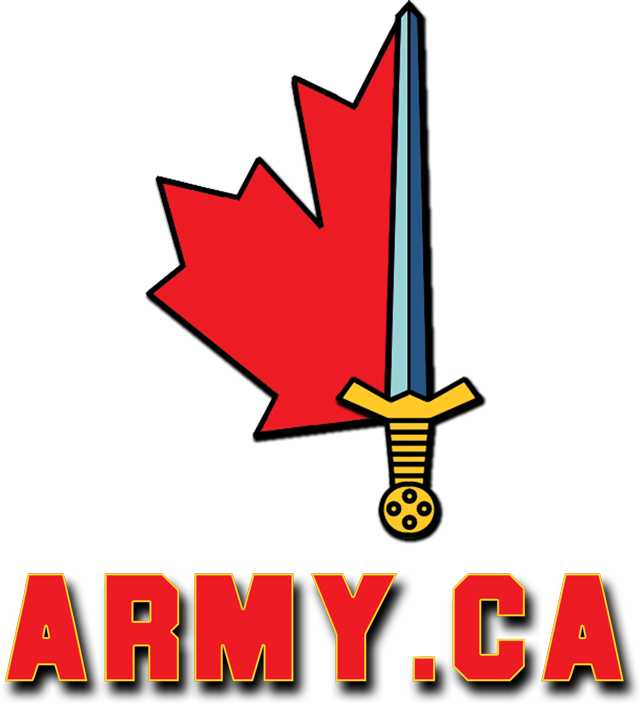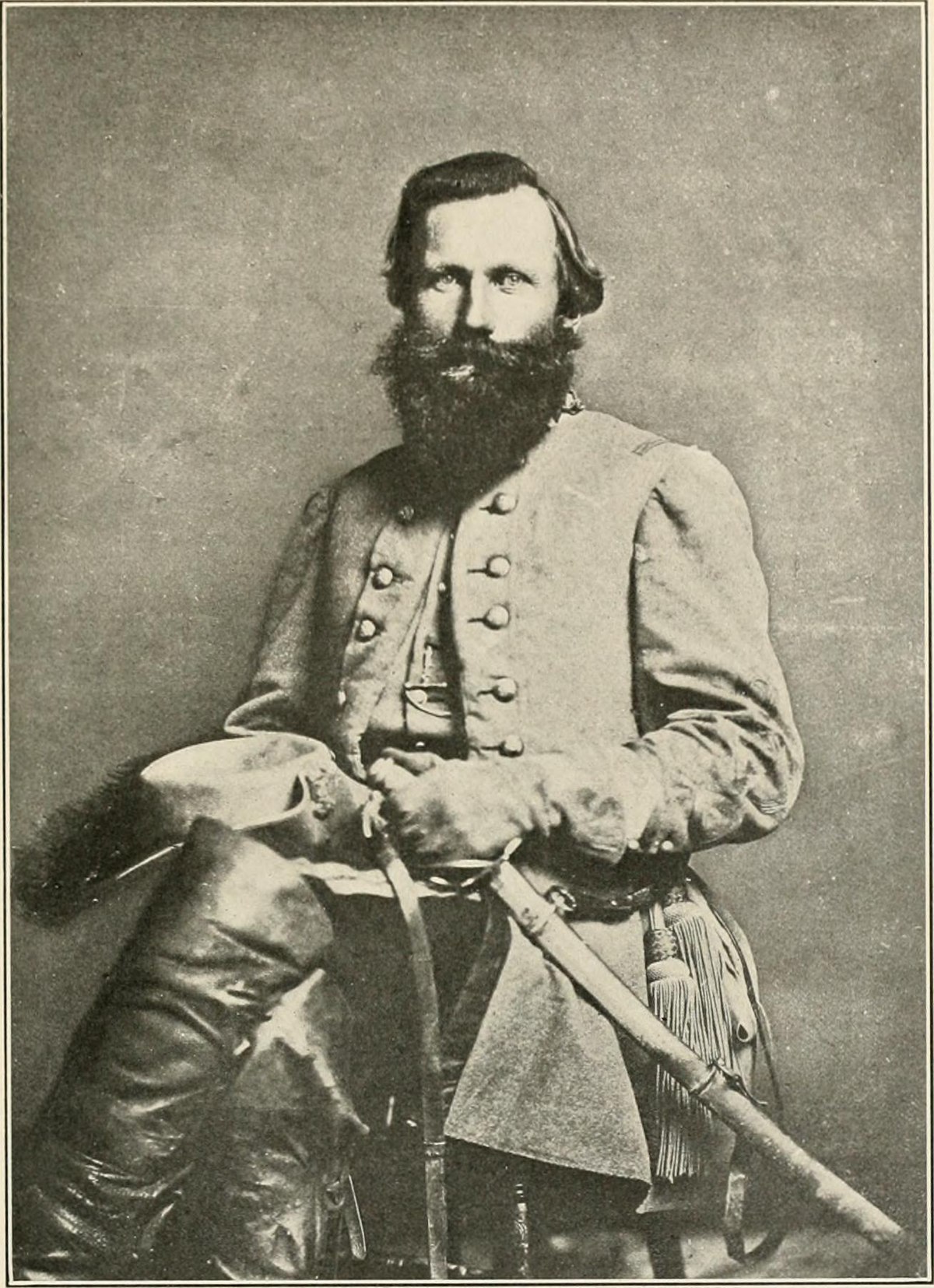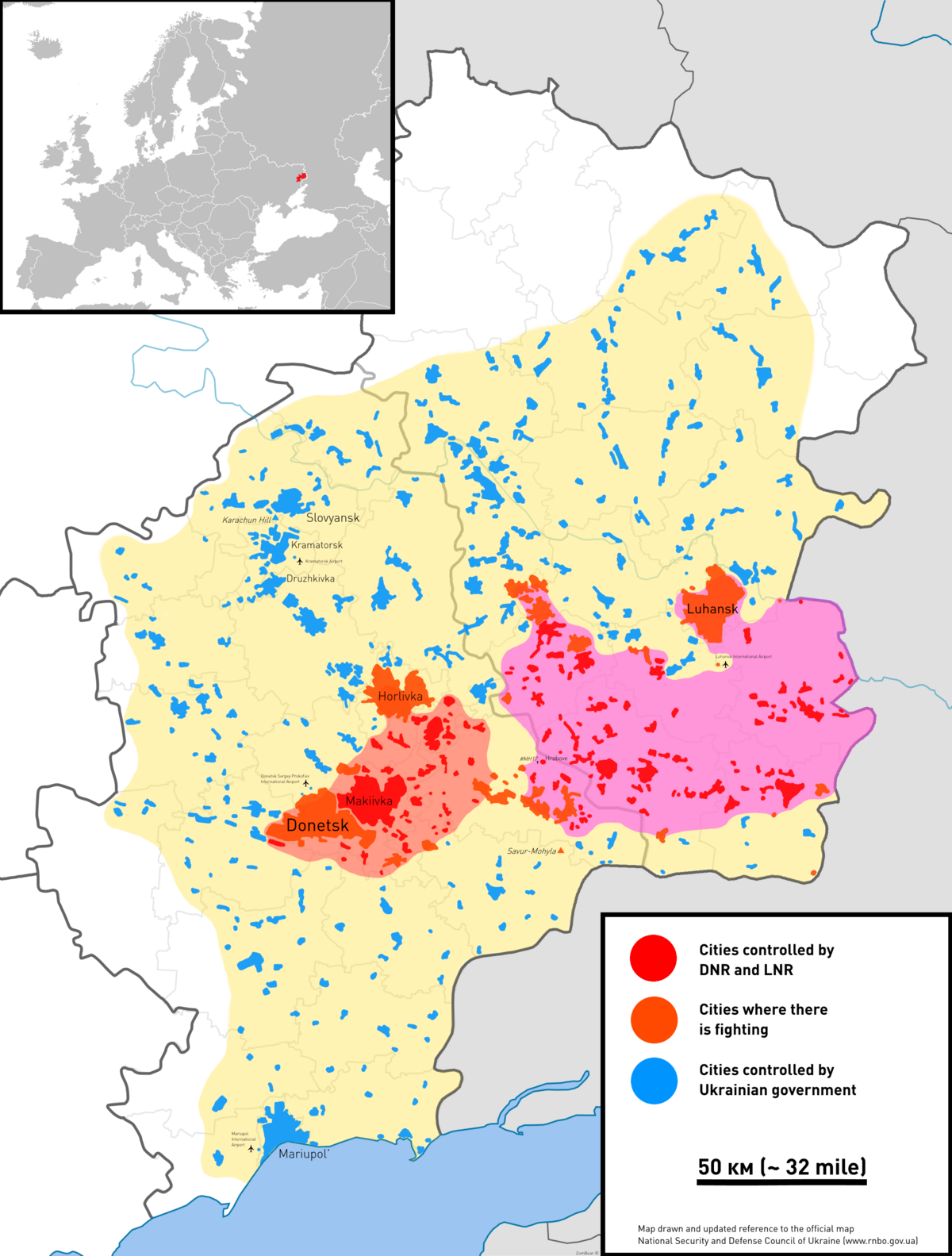FJAG
Army.ca Legend
- Reaction score
- 15,586
- Points
- 1,160
I kinda figured you were. And I'll admit, I'm all too easy to poke. Probably all that lawyer DNA in my blood.I'm poking you on purpose.
I'm going to be wheeled guy from now on. Just to irritate all you irrational tracked folks! (because all falling in line with one way of thinking is boring).
I think availability rates have to do with the Soviet-legacy maintenance structure which did not give high priority to recovering and fixing stuff in the field. They used an echelon system which passed fresh units through. That doesn't work well when you are very light on second echelon units.And Ukraine is showing that the long range 155/52's on wheels are very survivable and have higher availability rates than the tracked versions. I'll take an available "can't go through brush" vehicle to fight in Europe any day. To many roads to not be able to move quickly from place to place.
A Russian (and thereby probably Ukrainian) SP battalion of 18 x 152mm SPs has a maintenance squad of 11 men in two trucks. My 1980s era six-gun M109 battery had more people than that and three times the vehicles (including a tracked M578 recovery vehicle) with a further maintenance section of almost thirty folks at the regimental level.
Ukrainians are quite maintenance savvy but the lack of sufficient maint pers well forward will have a detrimental effect on complex system availability.
My guess is that the KNDS/Rheinmetall conglomerate has a lot to say about that. Personally I was never a big fan of the PzH 2000. It was an early generation automated loader system mounted on a modified Leopard chassis. As a result it had good cross country ability and it had good armour protection but this came at the price of weight which is twice that of the M109 and almost 20% heavier than the K9. In Afghanistan it proved highly susceptible to both heat and dust which frequently threw off the electronics needed for both laying and loading the gun. There are even worse reports as to maintenance issues from Ukraine. It's also very expensive.If these things are so bad why is Germany moving to all wheeled SPG's over their amazing tracked one. Is it an expense thing? A maintenace thing? A production thing?
Germany let its artillery arm deteriorate badly. 134 x PzH 2000 and 33 x MARS. Its two divisions have 7 artillery battalions in total, one (maybe two) of which is in the process of forming. There are two additional bdes with two Dutch arty bns.
There are several modernization programs underway. It would seem the PzH 2000 will be refurbished and another 30 MARS purchased. In addition there seems to be a program to buy 168 RCH 155 on Boxer. The aim is to provide wheeled Boxer brigades with wheeled howitzers. But there are more howitzers on order than needed for that so they may be thinning the PzH 2000 herd a bit.
Interestingly while I looked at the RCH 155 Wiki site I noted that Switzerland has recently decided to replace its M09s with 36 RCH 155 on Piranha IV (10 x 10). As are other NATO countries. The same site also touts Canada's RFI and suggests the RCH is the only howitzer capable of fulfilling the RFI and that Pirhana IV would be the logical chassis. I'm of the view Piranha IV is a better choice than Boxer (both for commonality with LAV and 10 wheels). I doubt that it will be C130 transportable.
I doubt that its much less expensive than a K9. Maintenance? I saw one photo that makes me think both the front two pairs and back two pairs of wheels are steerable. That's pretty technically complex. Production - ? It depends - we can probably do the full chassis here but will be in line with a bunch of Europeans as to turret components.
Despite my preferences, I can live with RCH and only hope that a decent ammo limber will be built for it (30 fuzed rounds isn't much but better than Archer by 9 rounds). That should be feasible with an SEV version of either the ACSV or Piranha IV but I'm unaware of where that stands with the project. We don't have a great track record for artillery support vehicles over the last 50 years and our cold war kit has been ash canned.




